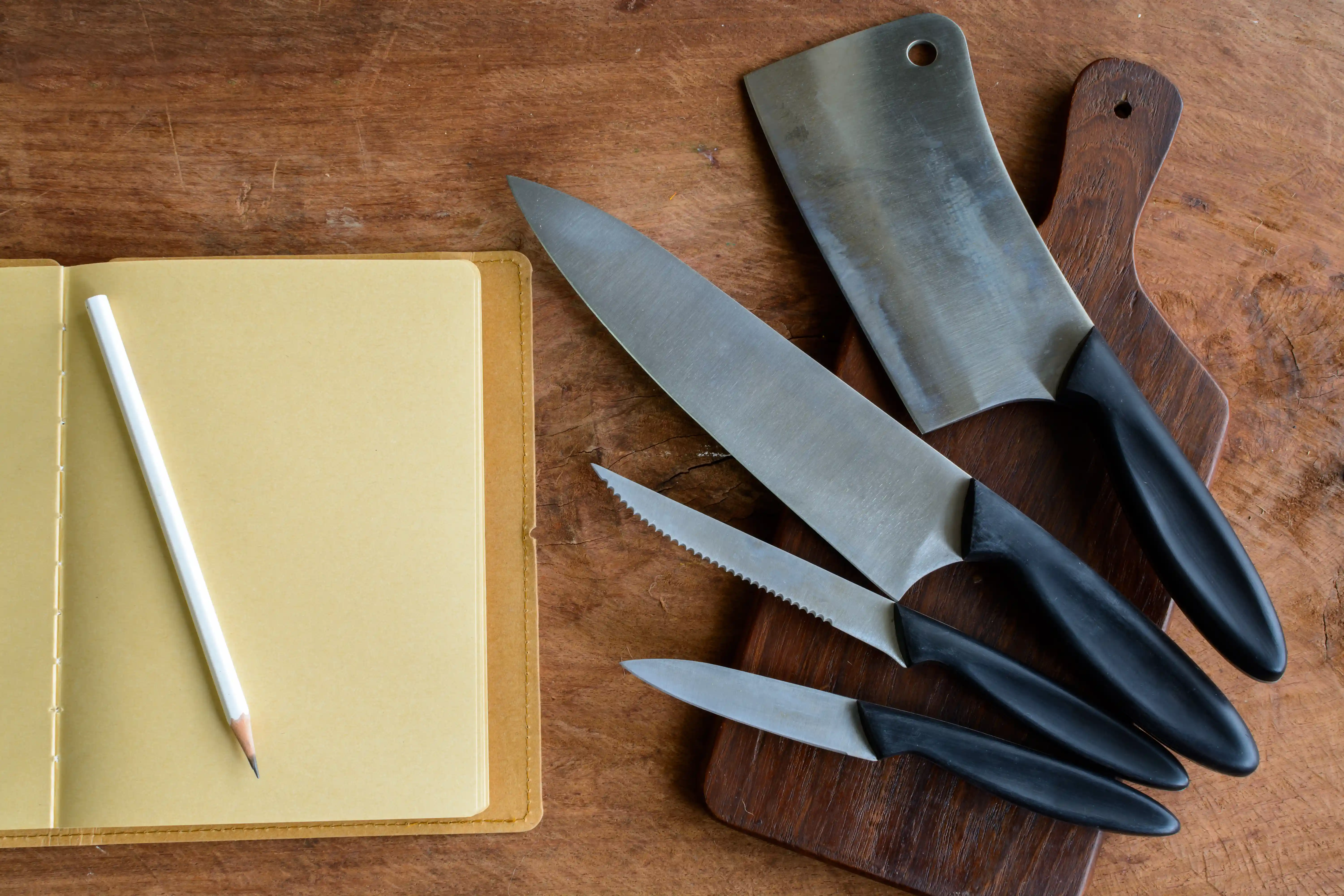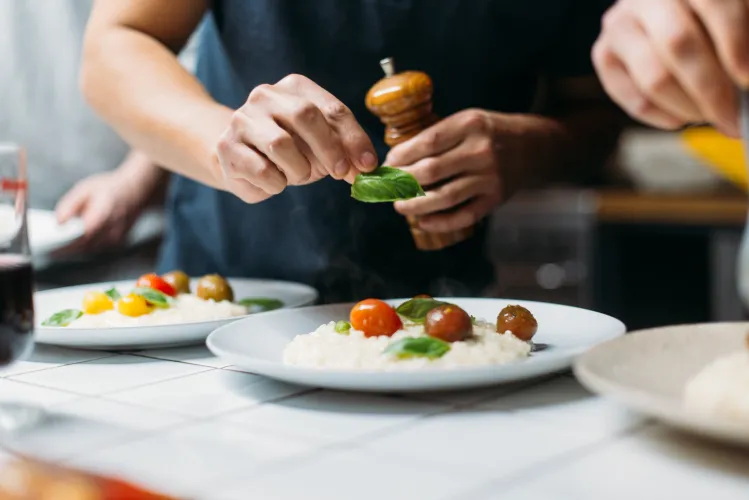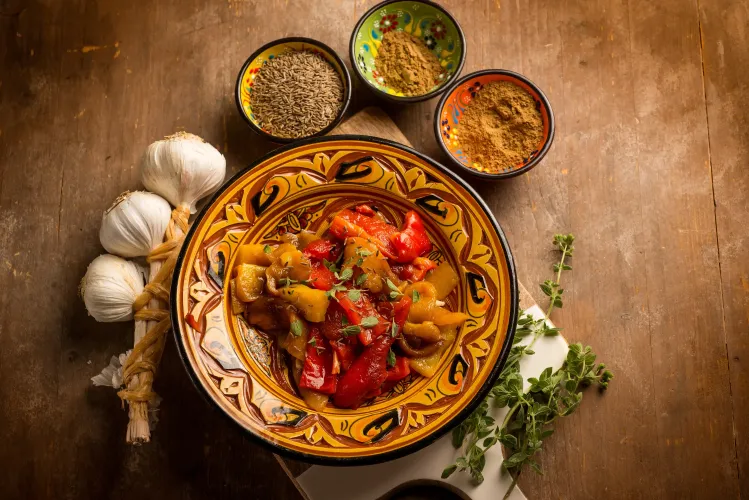When it comes to building confidence in the kitchen, there’s one essential skill that every home cook should master: knife skills. Whether you're prepping vegetables for a hearty stew or slicing fruit for a summer tart, knowing how to handle a knife efficiently can transform your cooking experience. In 2025, with cooking trends leaning heavily into fresh, whole foods and DIY meal kits, having solid knife technique isn’t just helpful—it’s a game-changer.
Here’s how to sharpen your skills (pun intended) and take your chopping game to the next level.
Start with the Right Knife
Before you even start slicing, make sure you're using the proper tool. For most tasks, a chef’s knife (usually 8–10 inches long) is your go-to. It's versatile, balanced, and powerful enough to handle everything from mincing garlic to breaking down a chicken.
For more delicate tasks, like hulling strawberries or deveining shrimp, reach for a paring knife. And if you’re slicing bread or soft tomatoes, a serrated knife will save you from crushed produce and uneven cuts.
Tip: In 2025, many eco-conscious brands are offering knives made from recycled steel and sustainable handles. If you're upgrading, consider investing in one that aligns with your kitchen values.
Grip It Like a Pro
The way you hold your knife can drastically change your control and safety. Many home cooks make the mistake of holding the handle like a club. Instead, pinch the blade itself—right where it meets the handle—with your thumb and index finger. Wrap your remaining fingers around the handle.
This “pinch grip” offers superior control, reduces fatigue, and helps you slice more evenly. It may feel strange at first, but after a few sessions, it becomes second nature.
Master the Claw
The guiding hand—the one not holding the knife—is just as important. Curl your fingers inward and keep your knuckles forward, forming a claw shape. This way, your knife will glide against your knuckles as a safety guard, keeping your fingertips out of harm’s way.
It’s a small technique, but once you nail it, your prep work will be faster and safer.
Know Your Cuts
There’s more to chopping than just… chopping. Understanding different cuts enhances both the look and texture of your dishes.
- Dice: Great for soups and salads. Aim for uniform cubes for even cooking.
- Julienne: Thin matchstick slices, ideal for stir-fries or garnishes.
- Chiffonade: Used for leafy herbs—stack, roll, and slice into fine ribbons.
- Mince: Extremely fine chopping, often used for garlic or shallots.
- Batonnet: A thicker matchstick cut that’s perfect for roasting or raw veggie trays.
By mastering these foundational techniques, your meals will not only taste better, they’ll look more polished, too.
Keep It Sharp
A dull knife is more dangerous than a sharp one. It forces you to use more pressure, increasing the risk of slips. Make it a habit to hone your knife regularly with a honing steel and sharpen it with a whetstone or professional service every few months, depending on use. In 2025, digital knife sharpeners and guided-angle tools have made this easier than ever, even for beginners.
Practice with Purpose
Like any skill, knife work improves with repetition. Dedicate just 10 minutes a day to practicing specific cuts. Chop onions for meal prep, julienne some carrots for snacks, or simply run through a batch of herbs to freeze for later use.
Want a smart way to practice? Look for virtual knife skill courses or video tutorials with real-time feedback.
Knife skills are the foundation of every great home cook’s journey. With the right tools, techniques, and a little practice, you’ll gain confidence, speed, and precision in your daily prep. Whether you're preparing a quick weeknight dinner or crafting a show-stopping feast, a solid chop can make all the difference.
Your culinary journey starts with a single slice, so why not make it a perfect one?



 (1) (1)_thumb_500px.webp)
